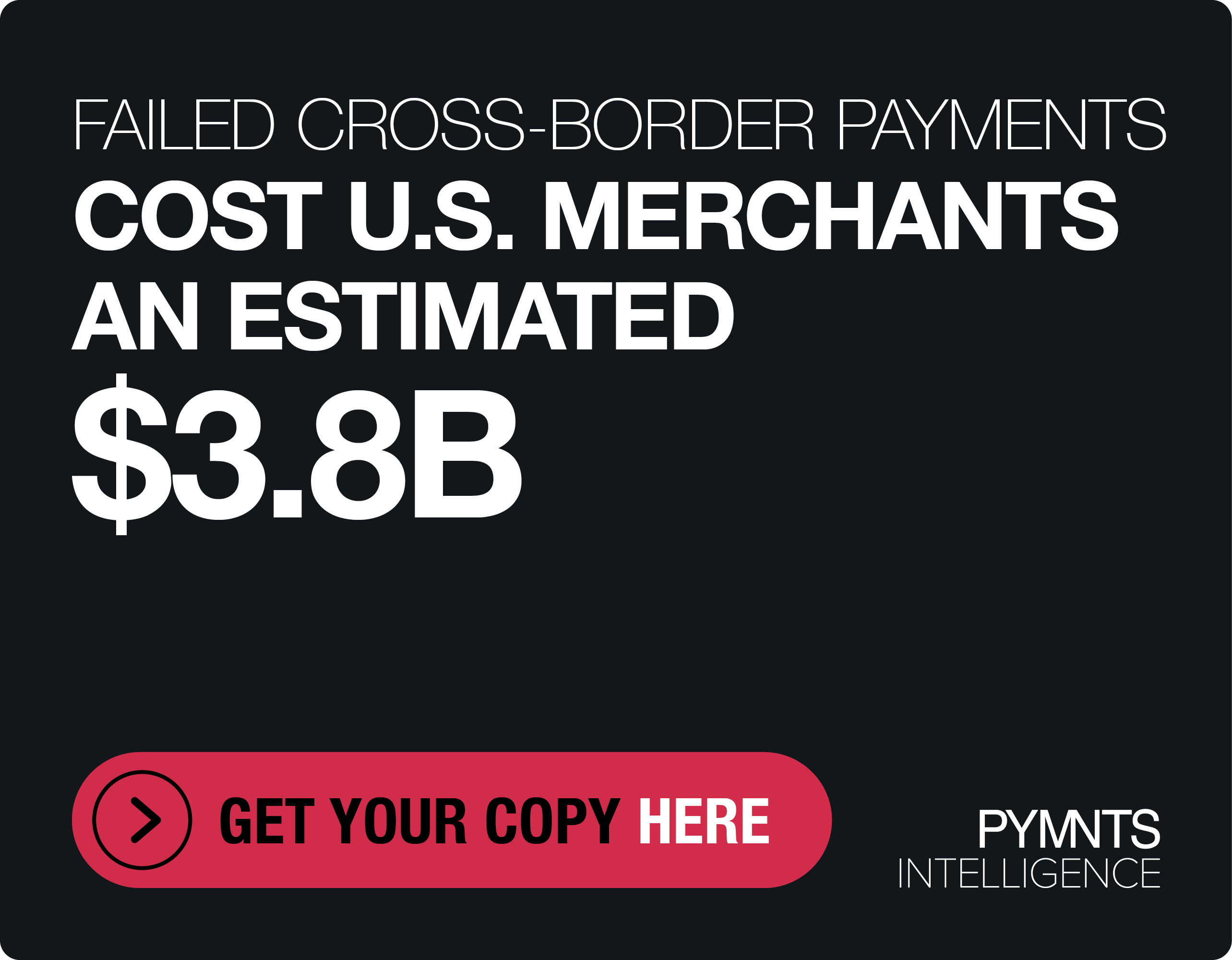Pickle CEO Says They’re the DoorDash for Fashion Rentals
The demand for rental clothing, accessories and even footwear is gaining momentum. Inflationary pressures are not the only factor driving this trend, as consumers discover an alternate way to keep up with the latest fashion trends without breaking the bank.
In an interview with PYMNTS, Brian McMahon, co-founder and the CEO of apparel rental platform Pickle, chatted with PYMNTS CEO Karen Webster about the intriguing facets of the fashion rental industry and the potential it holds for consumers seeking to turn it into a lucrative side gig.
“Think of it kind of like as an Airbnb for things that you own,” McMahon explained, with the DoorDash aspect coming into play at a later stage.
The platform originally centered its attention on facilitating peer-to-peer clothing and accessory rentals, with a primary focus on serving the female demographic. However, they are currently gearing up to enter the men’s market and are looking into diversifying into other asset categories down the road.
According to McMahon, Pickle’s journey has seen significant success because of their emphasis on establishing a strong supply network to drive demand. This approach has been a consistent part of their operation since the beginning and is now delivering positive results, especially in their primary market, New York, and some of their secondary markets.
But there’s also the timing of Pickle’s launch.
“I think part of its timing and part of its strategy. As far as timing, the sharing economy has never been more mature. I think like 10 years ago, if you had asked someone if they wanted to ride in the back of someone else’s car or sleep in someone else’s bed, they would’ve said you’re crazy,”McMahon said.
As the marketplace has matured, McMahon has observed a pattern with users.
“People will upload a few items that they’re interested in renting out, then they’ll get a rental and it’ll kind of trigger this “aha moment” for them,” McMahon said, noting that after that moment, users are motivated to upload a more extensive selection of their high-quality and trendy items from their closets.
How Pickle Works
Pickle operates on a listing process, where users can upload items from their closets and set the rental price they’re comfortable with. Typically, these prices are structured for a four to seven-day rental period, catering to long weekends or trips.
McMahon said that renters have the flexibility to make offers and select specific rental dates, similar to the Airbnb model, allowing for a wide range of options. Once an offer is submitted, the item’s owner has the opportunity to approve it. Items can be rented multiple times, and in some cases, renters may even make an offer to purchase the item.
“We’ve seen other items get rented out 25 to 30 times that are really popular or really trendy,” McMahon said.
The CEO highlighted that numerous platform items cater to special occasions, meeting the needs of users who prefer not to invest in one-time-use garments, such as those suitable for weddings or parties.
The DoorDash Element
Although McMahon mentioned Airbnb as a comparison for renting personal belongings, the delivery process more resembles the DoorDash model.
McMahon said Pickle provides users with three options for receiving rented items. The first option is a handoff with an in-person item exchange. The second method mirrors DoorDash but for close-range deliveries, using a door-to-door courier service. This service picks up items from the owner and delivers them to the renter, with a similar process for returns. The third option is to ship items using USPS priority shipping.
The courier service is the most popular choice due to its convenience, aligning with the modern emphasis on ease and accessibility. It makes the experience feel like an extension of one’s closet, with rented items arriving at the renter’s doorstep, McMahon said. He added that owners value this method for its reduction in labor and effort typically tied to packaging and shipping items, a task often seen as burdensome in the secondhand sales domain.
On average, about 55% of Pickle’s rentals offer same-day or next-day delivery, a vital aspect of their service. The popularity of this option peaks on Thursdays, Fridays and Saturdays, coinciding with weekend plans, including impromptu gatherings and last-minute wardrobe needs for events like a friend’s wedding.
McMahon said that the average order value is just over $50, while the typical retail value of rented items surpasses $400.
What Sets Pickle Apart
Pickle’s approach involves bypassing inventory management costs and the requirement for advance item purchasing, distinguishing it from other platforms and retailers. Additionally, they’ve harnessed the potential for side hustles among their owners.
Consumers seeking a secondary source of income are taking advantage of Pickle’s platform. McMahon said these users buy new items with the purpose of listing them on the platform, anticipating substantial demand. To aid these owners, McMahon said that Pickle provides product reports featuring insights into top-performing items. This data informs their supply choices and encourages the growth of their available listings.
How Pickle is Doing
According to McMahon, Pickle is experiencing a substantial uptick in both supply and demand. Users are seeking extra income opportunities, realizing they have untapped inventory in their closets, resulting in a surge in listings.
With that, renters are benefiting from this trend by getting the same value as owning an item while spending only 10% to 20% of the purchase price.
“It just kind of speaks to the strength of the value that we’re able to provide our users,” McMahon said.

